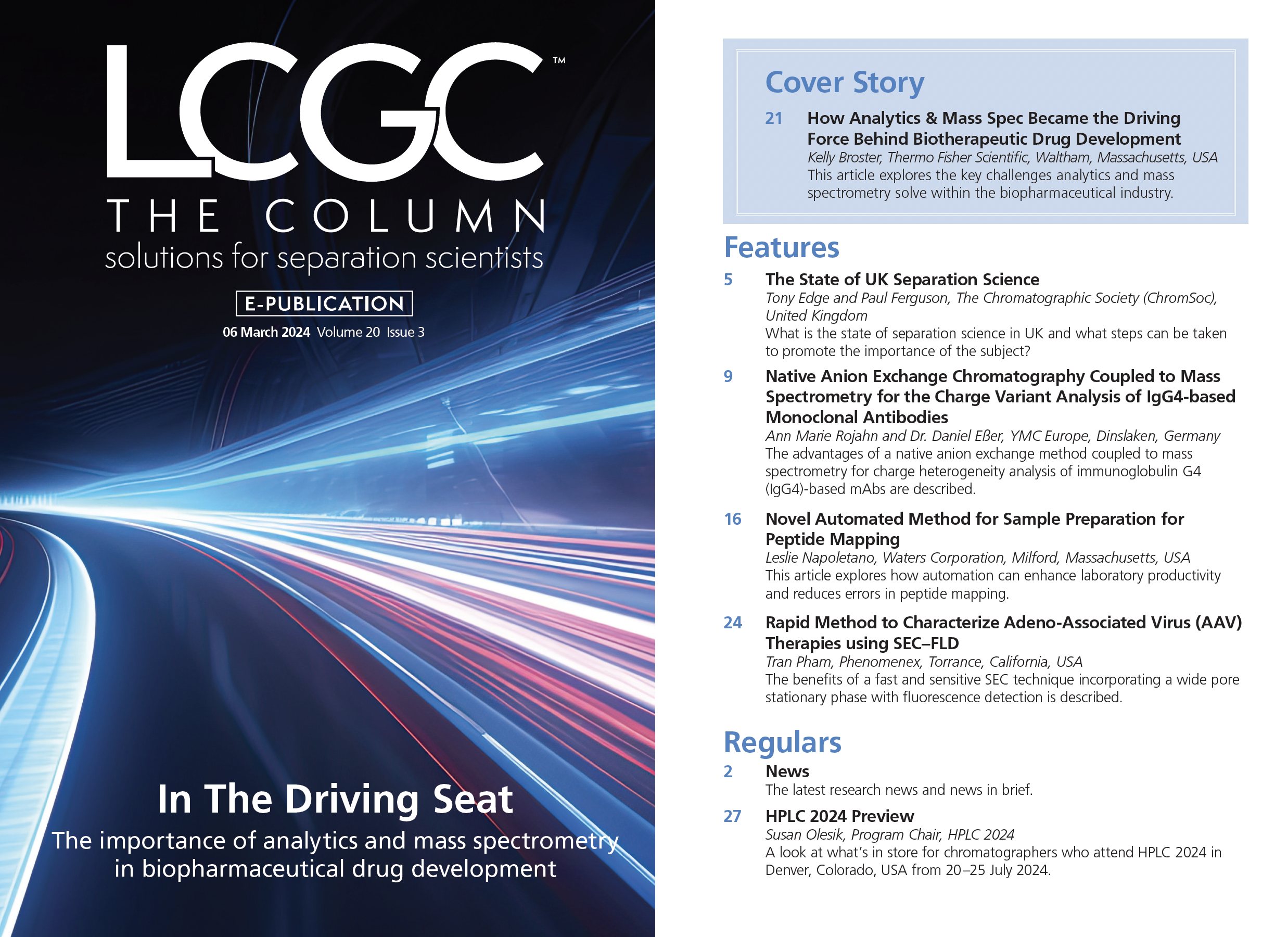New Tool Improves MS/MS Analysis of Single Cell Proteomics Data
A study authored by Benjamin C. Orsburn, a professor of pharmacology and molecular sciences at Johns Hopkins University in Baltimore, Maryland, and Conor Jenkins, currently a PhD student at the University of Maryland, attempted to improve upon assessment of quality prior to processing of single cell proteomics data, describing a “lightweight” script of fewer than 100 lines of code written in the programming language Python (1). Using this, the authors sought to accelerate the quantitation of reporter ion peaks within each tandem mass spectrometry (MS/MS) spectrum in a given file. Python is a simplified programming language that provides developers with a set of libraries, tools, and frameworks for building custom software applications for data analysis, web development, and machine learning.
Their report, published in the Journal of the American Society for Mass Spectrometry, refers to the script as the Diagnostic Ion Data Analysis Reduction (DIDAR) graphical user interface (GUI), which the authors said was capable of simply producing summary reports which identify single cell samples that fail to pass a certain quality threshold, thereby reducing analysis time (1). To their knowledge, they said, no prior tools have been able to judge data quality in advance of processing. Both the DIDAR GUI and DIDAR itself were designed to be compatible with all modern computer operating systems.
Single cell proteomics by mass spectrometry (which has been previously abbreviated in the literature as SCoPE-MS) has been growing in popularity, Orsburn and Jenkins said, because it allows existing technology to be reused in innovative ways (1). SCoPE-MS features a carrier channel of isobarically labeled peptides, at a relatively higher concentration, for the purpose of resuspending labeled peptides from single cells, thus leveraging the additive signal of the multiplexed peptide samples to amplify the single cell peptide signals more effectively.
Demand for techniques that deal with proteomics has increased over the last several years because of their roles in disease diagnosis, particularly the early detection of cancer. But proteomics-based solutions also reach farther than just cancer detection and treatment; as the frequency of other chronic illnesses such as diabetes and heart disease increase worldwide, the need for customizable medicines that detect protein biomarkers is expected to intensify.
The researchers reported that when it came to assessment and filtering of single cell proteomics data, the DIDAR script was able to flag entire liquid chromatography–mass spectrometry (LC–MS) runs that experienced technical issues, either to be further evaluated or removed from analysis altogether (1). Peptide spectral match level data was reportedly lost during filtering, but this was found not to have a major effect on the final data set that was processed. In the future, the authors seek to cut down on the number of necessary MS/MS scans to be collected by the chosen instrument in this case, a trapped-ion mobility time-of-flight mass spectrometer. Real-time DIDAR filtering may facilitate this, they said, allowing the instrument to sequence only MS/MS spectra which possess a predetermined number of single cell reporter ions.
Reference
(1) Jenkins, C.; Orsburn, B. C. Simple Tool for Rapidly Assessing the Quality of Multiplexed Single Cell Proteomics Data. J. Am. Soc. Mass Spectrom. 2023, 34 (12), 2615–2619. DOI: 10.1021/jasms.3c00238

TD-GC–MS and IDMS Sample Prep for CRM to Quantify Decabromodiphenyl Ether in Polystyrene Matrix
April 26th 2024At issue in this study was the certified value of decabromodiphenyl ether (BDE 209) in a polystyrene matrix CRM relative to its regulated value in the EU Restriction of Hazardous Substances Directive.
LC–MS/MS-Based System Used to Profile Ceramide Reactions to Diseases
April 26th 2024Scientists from the University of Córdoba in Córdoba, Spain recently used liquid chromatography–tandem mass spectrometry (LC–MS/MS) to comprehensively profile human ceramides to determine their reactions to diseases.
High-Throughput 4D TIMS Method Accelerates Lipidomics Analysis
April 25th 2024Ultrahigh-pressure liquid chromatography coupled to high-resolution mass spectrometry (UHPLC-HRMS) had been previously proposed for untargeted lipidomics analysis, but this updated approach was reported by the authors to reduce run time to 4 min.